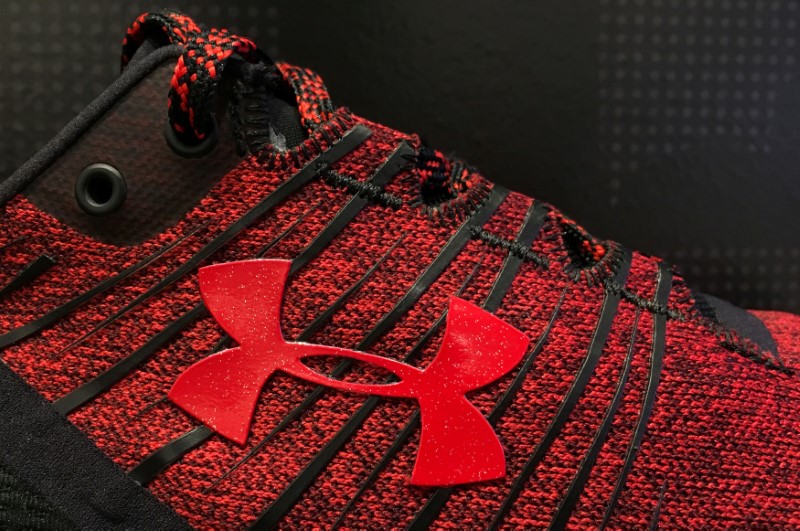By Gayathree Ganesan and Siddharth Cavale
(Reuters) - Under Armour Inc (N:UAA), which became a sensation riding the athleisure trend a few years ago, laid out a strategy this week to stanch a steep decline in sales growth but the company's progress could hit roadblocks.
The company admitted that its days of astronomical growth were behind them and said it would cut jobs and close stores, underscoring its struggles in a fast-changing and fiercely competitive U.S. sportswear market.
"We are not standing still," Chief Executive Kevin Plank said on a post-earnings call.
Under Armour has set its sights on turning around sales with more affordable apparel and women's wear, stylish lifestyle products, a more substantial online presence, and greater speed getting its products to shelves.
The company, however, could be spreading itself too thin, analysts said.
Under Armour's troubles are partly tied to the fading athleisure trend - casual clothing designed for both exercise and everyday wear.
But there are bigger problems afoot.
Under Armour has only one hit shoe line: Stephen Curry. That carried the company's sales for three years, but demand for the latest collection, Curry 3, has been underwhelming.
Rivals Nike Inc (N:NKE) and Adidas AG (DE:ADSGn), which have many successful lines, can sell their products at various price points at different outlets - department stores, sporting goods retailers and online - reaching more buyers.
Under Armour hasn't been able to match that reach even as bankruptcies of several sporting goods chains such as Sports Authority have eliminated key distribution channels.
To compensate, Under Armour has inked deals with Kohl's Corp (N:KSS), DSW Inc (N:DSW) and Famous Footwear, but analysts said it was too early to tell whether these steps were working.
TOO ATHLETIC
Adidas, which has been pouring cash into its U.S. business and pulling ahead of rivals, on Thursday reported another quarter of bumper sales growth. Nike last month posted a slight increase in quarterly sales even as North America sales stayed flat.
Under Armour posted a 9 percent sales increase in its latest quarter, a far cry from its average growth rate of 20 percent between 2014 and 2016.
Adding to the company's woes is the fact that shoppers view Under Armour as a brand catering to athletes rather than average Joes.
"With Under Armour it's more of like a sport; more of a basketball, on-court kind of feel and look. With Nike and Adidas, they make it so urban for everyone to wear," said Alanzo Jones, a shopper at a Manhattan Foot Locker (NYSE:FL) store.
The company is trying to shake off this image but its choice of endorsers - tennis ace Andy Murray and pro golfer Jordan Spieth among other athletes - isn't helping.
Adidas and Nike, on the other hand, have signed on celebrities such as Kendall Jenner and Bella Hadid: models with millions of Instagram followers and a hit with the young crowd.
Some things, however, are out of Under Armour's control.
Adidas and Nike have cashed in on the recent retro trend, selling yesteryear favorites Superstars and Air Jordans. But for Under Armour, a young company selling shoes for merely a decade, the trend is out of bounds.
For now, everyone agrees that Under Armour needs to be more than a one-hit wonder.
"Steph Curry can do his part, he can keep wearing the shoe and keep winning Championships with his team, but at the end of the day if the shoe is not evolving ... they're going to get nowhere in that market," said A-Line partners analyst Gabriella Santaniello.
